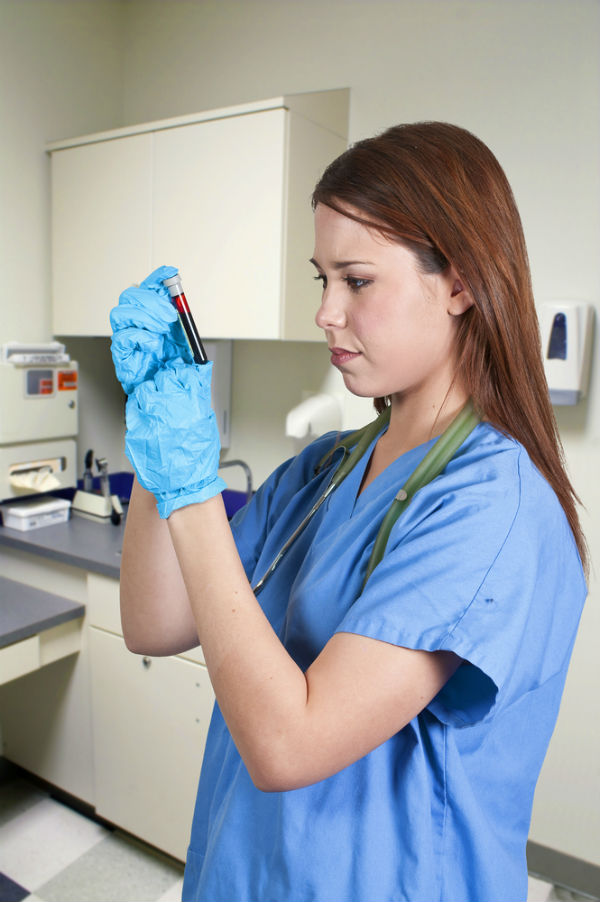Step-by-Step Guide: How to Obtain Your Phlebotomy Certification Fast!
If you’re looking to kickstart your career in healthcare, obtaining a phlebotomy certification can be a quick and rewarding path. Phlebotomists play an essential role in drawing blood for tests, transfusions, or donations, making their job vital in medical facilities. In this extensive guide, we’ll walk you through the steps to get certified quickly while enhancing your employability and skills in the field.
Understanding Phlebotomy Certification
Phlebotomy certification is a credential awarded to individuals who demonstrate their knowledge and skills in drawing blood and handling specimens. While requirements may vary by state and institution, the general steps to certification are similar. Here’s an overview of what you need to know:
- Demonstrated knowledge of blood collection techniques
- Understanding of anatomy and physiology
- Familiarity with safety and compliance regulations
- Importance of patient care and dialogue skills
Step 1: Research Phlebotomy Programs
The first step toward getting your phlebotomy certification is identifying the right training program that meets your needs. Here are some tips to consider:
- Look for accredited institutions or training programs.
- Check the program’s duration-some can be completed in as little as four weeks!
- Explore both online and in-person courses based on your schedule.
Step 2: Complete a Phlebotomy Training Program
After choosing a program, you will need to enroll and complete the required coursework. Here’s what the training typically consists of:
- Classroom instruction on blood anatomy and physiology.
- Hands-on training with practice equipment.
- Clinical rotations, where you’ll work directly with patients under supervision.
Typical Phlebotomy Program Timeline
| Duration | Program Type | Curriculum overview |
|---|---|---|
| 4-8 weeks | Accelerated Program | Basic procedures and safety |
| 3-6 Months | Certificate Program | Theory and clinical practice |
| 1-2 Years | Associate Degree | advanced procedures and health sciences |
Step 3: Gain Practical Experience
Hands-on experience is crucial for mastering phlebotomy skills. If your training program includes clinical rotations, take full advantage of these opportunities. If not, consider seeking additional volunteer internships in healthcare settings such as:
- Hospitals
- Clinics
- Blood donation centers
Step 4: Prepare for the Certification exam
Once you complete your training, it’s exam time! Research which certification exams you qualify for, such as:
- National Certified Phlebotomy technician (NCPT)
- Certified Phlebotomy Technician (CPT) from the National Healthcareer Association (NHA)
- Phlebotomy Technician Certification (PTC) from the American Society of Phlebotomy Technicians (ASPT)
Set aside time to review your course materials and utilize practice tests available online. Many training programs also offer exam prep resources, which can be invaluable.
Step 5: Take the Certification Exam
On exam day, ensure you are well-rested and arrive early. Bring necessary identification and any required materials. The exam format generally includes:
- Multiple-choice questions
- Hands-on skills assessment (if applicable)
Check with your chosen certifying body for specific details on their examination format and requirements.
Step 6: Maintain Your Certification
Once you earn your certification, remember that you will need to maintain it through continued education and periodically renewing your certification. Various organizations offer workshops and seminars to help you stay current on best practices and regulatory changes.
Benefits of Obtaining Your Phlebotomy Certification
Besides the tangible benefits of becoming certified, such as increased employability, here are some additional perks:
- Higher earning potential
- Job stability in growing healthcare field
- Personal satisfaction from helping others
Practical Tips for Success
- Network with professionals in the field to find opportunities.
- Participate in relevant workshops or webinars.
- Stay organized and manage your time wisely throughout the training process.
Conclusion
Obtaining your phlebotomy certification quickly is achievable with the right approach and dedication. By following this step-by-step guide, you can equip yourself with the necessary skills and knowledge to excel as a phlebotomist. Remember to research your options thoroughly, gain hands-on experience, and prepare for your certification exam diligently.With this certification in your toolkit,you’ll be well on your way to a rewarding career in healthcare. So,roll up your sleeves and get started on this rewarding journey today!
